 Editor's Note: This post is part of a weekly series titled the Promised Land where author David G. Woolley sheds his bloggish sensibilities and delves into the research and inspiration behind the characters and story lines of his Book of Mormon Promised Land Historical Fiction Series. This week it's ancient calendars like this one from the Mesoamerican Mayans.
Editor's Note: This post is part of a weekly series titled the Promised Land where author David G. Woolley sheds his bloggish sensibilities and delves into the research and inspiration behind the characters and story lines of his Book of Mormon Promised Land Historical Fiction Series. This week it's ancient calendars like this one from the Mesoamerican Mayans.With all the fascination over tracking time, keeping time, buying time, making time, telling time, investing time, having a good time, trading in real time, wasting time, and enjoying some down time, it's easy to overlook one of the more vital time-keeping virtues. Timing. Comedians use it to deliver a punch line. Without it investors can't take advantage of market swings. And through one of the most unusual of confirmatory instruments God reveals the precision of His sense of timing and reminds us He is carefully watching over the events of men.
Our solar Julian calendar calculates the number of days apportioned to each month through the earth's rotation around the sun. The Hebrew calendar adopted by Moses for use by ancient Israel (Exodus 12:2, Romans 3:2) is a soli-lunar calendar where the years are based on the movements of the earth around the sun and the length of each of its 13 months dictated by the phases of the moon.
At the risk of boring you with calendaring details you should know that the Hebrew calendar functioned within ancient Israelite society, as it does today, as a means for calculating the dates on which sacred Israelite feasts were celebrated. Many Israelite feast dates appear to come from an era that pre-dates Moses and were already in full use during Abraham's day. The prescribed dates were likely passed on to Moses through the Enoch calendar. Jewish scholars, concerned about the accuracy of celebrating the sacred feasts on the proper date, use the Enoch calendar as a collaborative dating instrument to ensure precision. The Book of Enoch, an ancient text not included in the King James version of the bible but believed to be an authentic ancient record, indicates that the Enoch calendar was given to the prophet Enoch by the angel Uriel.
The Enoch calendar accurately predicts events like the birth of Christ, important events during His life, His crucifixion, resurrection, and also restoration events in the history of the Church of Jesus Christ of Latter Day Saints including Joseph Smith’s first vision, the coming forth of the Book of Mormon and the birth and death of the prophet Joseph Smith.
Take the day for Joseph Smith's birth. Monday, 23 December 1805. It happens to coincide with the Hebrew day marking the winter solstice, a day that symbolized the return of light to a dark world. Another date, Thursday, 27 June 1844, was the day the Prophet went “like a lamb to the slaughter” (D&C 135:4). It was also one of four Hebrew days of atonement.
The Hebrew calendar, Native American Calendar, Enoch calendar and the Mercury calendar all point to Sunday, March 26th 1820 as the "day for the spirit to choose a new prophet who has just come of age." Joseph Smith never indicated the actual date of his first vision, except to record that it was on the "morning of a beautiful clear day early in the spring of 1820". It was also the peak of the maple sugar harvest. That year the Smith family tapped 500 maple trees on their property, collected 60,000 pounds of sap, and boiled off water by burning 10,000 pounds of wood. It was an all day, all night labor intensive effort which required non-stop wood chopping, water hauling, and sap collecting. There was hardly time to eat and no time to sleep.
Weather records indicate that, based on daytime temperatures, the Smith family sugaring operations in the maple groves behind their log cabin would have continued without pause beginning on about March 15th and not letting up until sometime on Saturday, March 25th. The first chance the Smith family rested after ten days of 24-hour-a-day sugaring was on Sunday, March 26th. It was also the first warm day of early spring that could have been described as beautiful by Joseph Smith.
When the editor of the Pittsburgh Gazette visited Nauvoo in 1843 and interviewed the Prophet about his first vision he quoted Joseph Smith as saying, “I immediately went out into the woods where my father had a clearing, and went to the stump where I had stuck my axe when I had quit work, and I kneeled down, and prayed, saying, O Lord, what Church shall I join?”
It is very likely that Joseph Smith Jr. was the prophet who had just come of age and whom the internal dating mechanisms of four divine calendars predicted would be selected by the spirit on March 26, 1820. (for more details on how these calendars predict this date see Day of Remembrance Chapter Two Historical Notes)
There may be no better indication of the precise timing of heaven than the day Joseph Smith received the golden plate record of the Book of Mormon on the very day the Hebrew calendar predicts the gathering of Israel through the celebration of the Feast of Trumpets. The sounding of the trumpet, the main ritual on the Feast of Trumpets, symbolizes both redemption and revelation. The trumpet is associated with revelation since the first mention of its use was at Mount Sinai and the Feast of Trumpets is understood as a memorial of Sinai. The celebration of Passover was to be an annual reminder of the exodus. The ritual blast of the shofar would similarly recall by association the revelation on Mount Sinai. The sounding of the trumpet appears not only as a remembrance of the revelation given at Sinai, but also as an indication of future events. Just as the trumpet preceded God’s revelation of the law at Sinai (Exodus 19:16) some scholars believe the trumpet sounding during Rosh Hashanah signals further revelation, including the establishment of the true law.
Old Testament, Book of Mormon, and Doctrine and Covenants scriptures speak of the trumpet preceding the establishment of truth that leads to redemption (Isaiah 58:1, Alma 29:1, D&C 33:2). “And at all times, and in all places, he shall open his mouth and declare my gospel as with the voice of a trump” (D&C 24:12). The statue of the angel Moroni atop Mormon temples is portrayed as blowing a trumpet, proclaiming the gospel to the world, and particularly to the house of Israel. A review of Latter Day Saint history and scripture indicate that most of the restored truths in the gospel of Jesus Christ began with the coming forth of the Book of Mormon.
The name most often associated with the day on which the Feast of Trumpets is celebrated is Rosh ha-Shanah which means New Year. But in Lehi's day of 600 B.C. it was known as ha-Zikron or the Day of Remembrance. The significance of the day is really a new beginning rather than the start of a new calendar year. On this day Jews believe the Lord moves from His seat of judgment to His mercy seat by mercifully providing a new beginning through gathering Israel out of exile, remembering His covenants with their fathers, and restoring them as His covenant people. This new beginning was to be initiated by the sounding of the trumpet.
The main theme for this day is God’s remembrance of his covenants with Israel, and the need of Israel’s remembrance of their God. The prayers offered on the feast day are intended to prepare men and women for the coming messianic age and the pleadings include phrases like, “Remember us unto life” and “May our remembrance come before Thee.” These prayers invoke the same spirit of making of covenants between God and Abraham as well as other ancient patriarchs recorded in the Old Testament.
The return covenant-blessings from God which follow Israel’s remembrance of their covenants with God are repeated in prayers offered on the Day of Remembrance and are similar to the words written by the prophet Moroni in the title page of the Book of Mormon where he stated that one of the two main purposes of the book was, “to show unto the remnants of the House of Israel what great things the Lord hath done for their fathers; and that they may know the covenants of the Lord, that they are not cast off forever”. As part of the prayers offered on Rosh ha-Shanah Jews today still read the Old Testament passage, “I will for their sakes remember the covenant of their ancestors, whom I brought forth out of the land of Egypt” (Leviticus 26:45).
The Feast of Trumpets is celebrated on the first day of the seventh month of the Hebrew calendar as prescribed by the Old Testament (Leviticus 23:24), but that day does not fall on the same day each year on the solar calendar used in western societies. Instead it falls anywhere between the first days of September to as late as the first days of October.
In 1823 the Feast of Trumpets was celebrated on September 5th, a full 16 days before Moroni first visited Joseph Smith during the late evening hours in the bedroom loft of his family’s small cabin and 17 days before Joseph went to a hill three miles southeast of his home on September 22nd 1823 where he unearthed the golden plate record. Moroni forbid Joseph from removing the record from the subterranean stone box. Instead he was told to return to the hill a year later to be instructed regarding his part in translating the ancient text.
In 1824 Jews celebrated the Feast of Trumpets two days after Joseph's second visit to the hill on September 22nd. Again he was told to return one year later. The Feast of Trumpets was celebrated ten days before Joseph's 1825 visit to the hill. In 1826 the Feast of the Trumpets fell ten days after the annual visit. It wasn't until Saturday, September 22nd 1827, the Jewish Sabbath, that Joseph Smith was allowed to remove the plates from the hill and begin the work of translation. It was also the day Jews around the world were celebrating the Feast of Trumpets and asking God to remember his covenants and begin gathering Israel.
The second chapter of the historical novel Day of Remembrance includes this scene dramatizing Joseph Smith's visit to the hill in 1823 where he viewed for the first time ancient records and artifacts, one of which were the golden plates containing the text of the Book of Mormon.
One year from today Joseph was to come back and collect the gold record and begin the work of translation. He was a seventeen year old lad with no more schooling than what he gleaned from Mother’s winter reading and writing lessons around the hearth when she taught him his letters, but he had no other choice than to do as Moroni instructed. In one short evening his entire life was turned on its head. Yesterday Joseph was the fourth son of a wheat farmer. Today he was a modern-day Moses.
Joseph lifted the capstone on its edge, leveraging it out of the grass with help from a gnarled tree branch, the side of the flat stone balanced on the edge of the ancient box. He steadied the capstone, his shoulder pressed against the rough surface and his hands holding it back from falling into place and allowing him one more examination of the treasures. The codex of brass sat in the corner directly below his right boot, the tarnished record overshadowed by the brilliance of the gold plates, the wonder of the silver spectacles, the allure of the spherical metal compass and the might of the ancient sword kept bright these many years. What he didn’t know was that the brass record was the link tying him to a story that began two thousand four hundred twenty one years before when the codex was guarded in the vaults of Captain Laban’s treasury and Moroni’s visit made Joseph part of that ancient story. Joseph slowly tipped the capstone into place, shutting away the brass plates inside their ancient hiding place with a loud clap of stone on stone like the thunder atop Sinai at the first celebration of ha-Zikkaron and sealing Joseph’s destiny with them.
Joseph Smith Jr. was the prophet of a Latter-Day of Remembrance.
__________________________
Join author David G. Woolley at his Promised Land Website. He is also a weekly contributor to the Latter Day Authors blog and he writes commentary and opinion at the Utah Ranger's Far Post blog

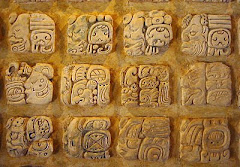
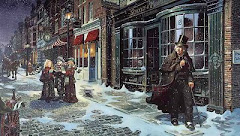



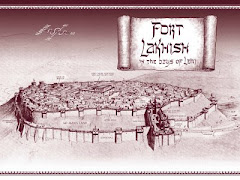



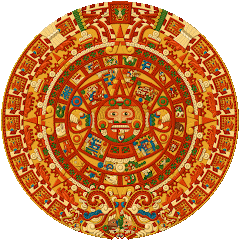

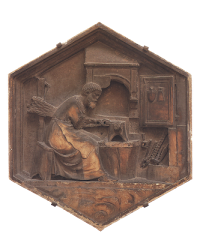

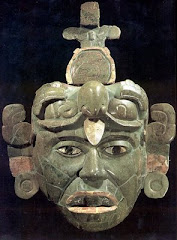



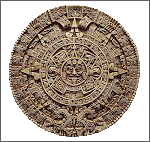

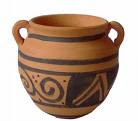
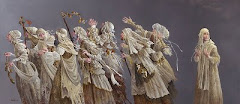
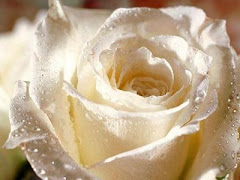



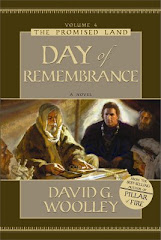



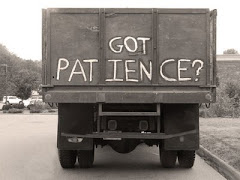
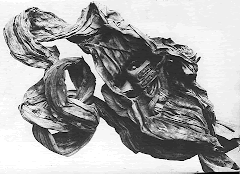




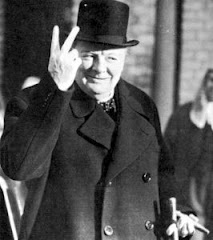
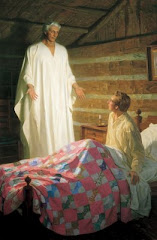


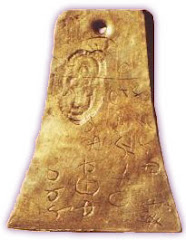


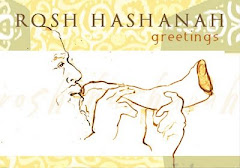


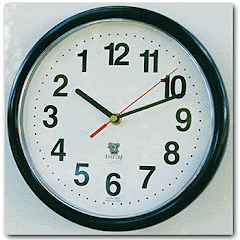

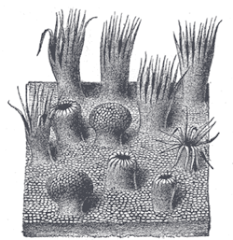
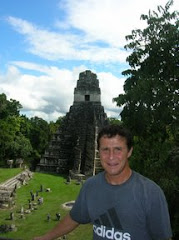


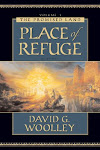
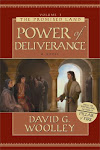

5 comments:
I absolutely can't wait for this book to come out! Is the timing of its release significant . . . besides it being a day of blessing for your legion of fans?
Kerry:
Thanks a bunch for stopping by and reading.
I really enjoyed your fourth of july post. I had no idea about a lot of those things. Thanks for that!
Just so happens that we're trying to release the Day of Remembrance on either the Jewish Rosh Ha Shanah celebration or on September 22nd. I hope we can make it happen.
David G. Woolley
I agree with Kerry, it will be a day of blessing for us. I am sure that your publisher will be happy to not get any more e-mails from me asking when it is coming.
Sandra:
Keep sending the emails. Its good for them to get down in the trenches everyone in a while and answer some questions. Like, what the heck happened to Mulek. And why did you choose an ugly brown cover for Day of Remembrance. You know, simple, to the point questions.
David G. Woolley
PS: to be fair on the cover I think they were shooting for a brass color. Maybe the printing experts will achieve it. We can hope.
I used to work for a publisher. I hated it when I was asked to help pick out covers. As for Day of Remembrance, I don't care what color the cover is as long as it is in my hands and I am reading it.
Post a Comment